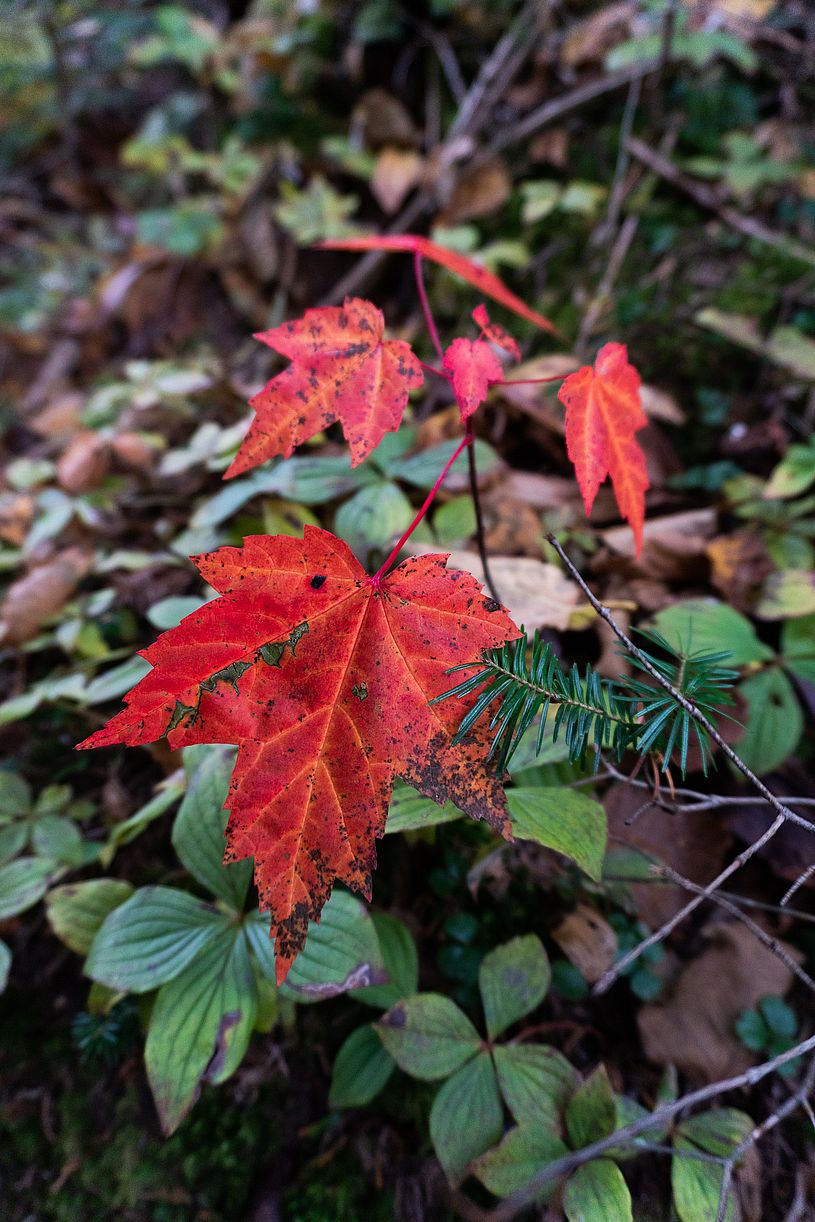Forest Carbon Aggregation

PILOTING THE FIRST FOREST CARBON AGGREGATION PROJECT IN THE U.S.
In partnership with Vermont Forest Carbon (single member LLC of Vermont Land Trust), University of Vermont, and The Nature Conservancy of Vermont
Our Forest Carbon Aggregation project, spanning 8,625 acres across 12 parcels, has helped 10 landowners collectively enroll in the voluntary carbon market through the American Carbon Registry (ACR) Standard. This market enables forestland owners to receive and sell carbon offset credits for their improved forest management practices.
Key benefits of this project include:
- Mitigating climate change by capturing carbon from the air and storing it in trees
- Increasing the economic viability of owning, stewarding, and conserving forestland by providing landowners with revenue for their improved forest stewardship
- Sustaining ecosystem integrity, biological diversity, and forest resiliency within the Cold Hollow region
- All of the above, while still enabling landowners to sugar and harvest timber, as our project ensures that these remain working forests, integral to Vermont’s culture, local economies, and rural communities.
Why aggregate?
The economics of setting up such a project work well for large landowners with 5,000 acres or more because the initial costs of inventorying the forest and setting up the program, as well as the ongoing monitoring costs, are relatively small compared to the revenue from offset sales. Unfortunately, these costs are typically prohibitive for owners of parcels in Vermont, which are often 500 acres or less. By bringing landowners together in an aggregated project, we were able to overcome these barriers to entry and demonstrate the feasibility of such a venture.
Essentially this is how our forest carbon aggregation project works:
Individual landowners work with a forester to identify and implement forest stewardship practices that help to enhance carbon sequestration. As the convener, Cold Hollow to Canada, brings these individual landowners together into an aggregated group that is collectively committed to maintaining and increasing carbon stocking levels across their forested parcels. This allows the group as a whole to generate carbon offset credits, which are then sold to buyers on the market. In exchange, the individual landowners receive revenue that they can use to further support their forest stewardship activities.
“Owning and maintaining land is expensive, and projects like this one can be an incredible tool to encourage people to continue to own, steward, and even conserve their land versus selling or developing it.”
— Jessica Boone, Owner of Hi Vue Maples & participant in CHC's Forest Carbon Aggregation Project & Woodlots Program
In addition to acting as a convener, over the past several years Cold Hollow to Canada has worked to build a foundation of trust and community connection among many of the participating landowners through their engagement with our Woodlots Program. These relationships have been essential to our aggregated project.

Want to learn more?
If you would like to learn more about the project, check out our Vermont Forest Carbon report conducted in collaboration with UVM and the Spatial Informatics Group. The report establishes the project’s feasibility and outlines it’s many co-benefits in detail.
The International Land Conservation Network, a program of the Lincoln Institute of Land Policy, also recently developed a Case Study which details the genesis of the project as well as the work completed by the partners to launch this proof-of-concept project.
You can also read more about the project in our newsletter article, Forest Carbon: A Natural Climate Solution and Tool for Advancing the Pace of Conservation.
Press
Amazon Press Release: Amazon has committed to buying $2.5 million of the carbon credits generated through this project.
A Local Solution with a Global Impact: Vermont Land Trust, Abby White
Vermont landowners come together in conservation partnership: WCAX3, Christina Guessferd
Interested in purchasing credits or enrolling your forestland in a future project?
While our pilot project in the Cold Hollows is no longer accepting participants, you may contact our partner Tess Zakaras at Vermont Forest Carbon for additional information.
Photos by Jenny Goyne